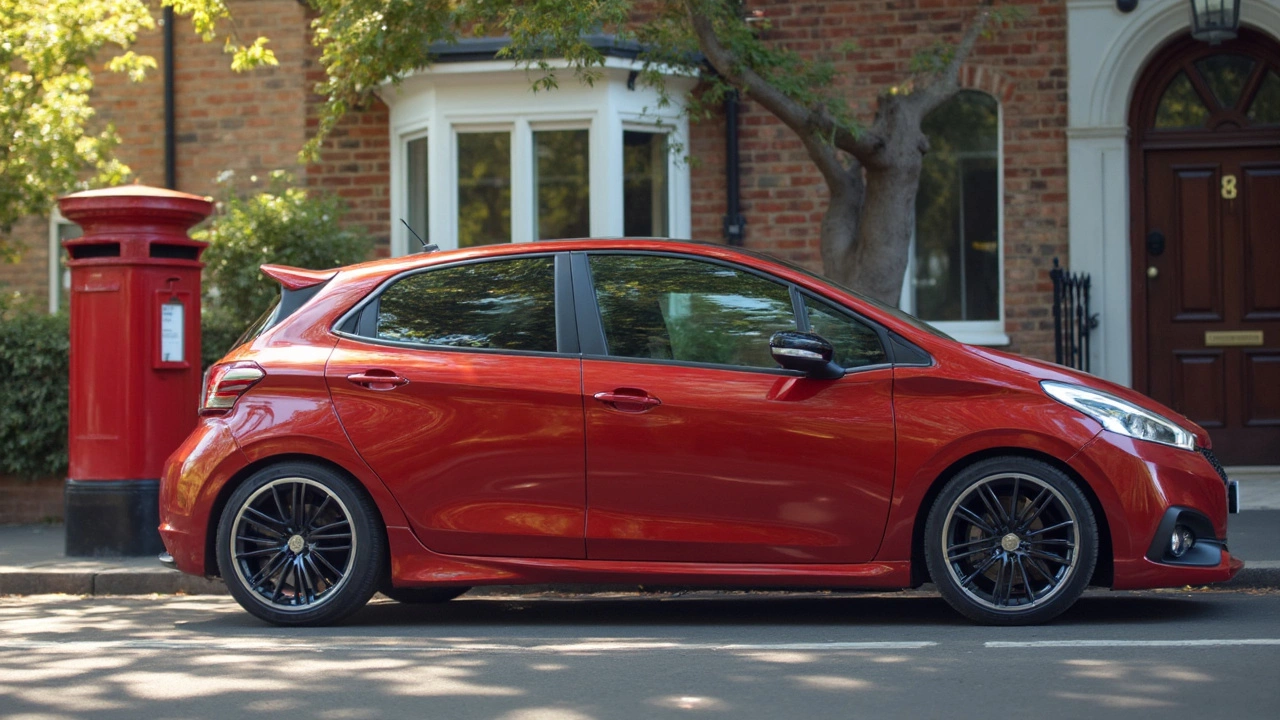Wider Stance Explained: How to Get a Bigger Track and Why It Works
Ever wonder why some cars look planted and stable while others seem to wobble? A lot of that comes down to the stance – the distance between the wheels. A wider stance makes a car look more aggressive, helps grip the road, and can even hide bodywork flaws. If you’re thinking about giving your ride a bigger track, this guide shows you the basics, the safest methods, and what to watch out for.
Why a Wider Stance Looks Good and Handles Better
A wider track spreads the car’s weight over a larger area, which reduces body roll in corners. That means you feel more planted when you take a fast bend, and the tires have a better angle to push against the road. Visually, a broader stance fills out the wheel arches, giving the car a low, muscular appearance. Many owners pair a wider stance with a vinyl wrap or custom graphics because the larger footprint makes the wrap’s design pop.
But it’s not just about looks. A wider stance can improve braking performance because the front and rear wheels are further apart, giving each tire a more direct line of force. It also helps with steering response – the steering wheel feels more connected to the road. Keep in mind that the benefit depends on the whole suspension setup; simply adding spacers without adjusting springs or shocks can cause uneven wear.
Ways to Widen Your Stance Safely
The most common method is using wheel spacers. These are thin metal plates that sit between the hub and the wheel, pushing the wheel outward. Spacers are cheap, easy to install, and reversible. Choose a thickness that matches the vehicle’s clearance – typically 5‑15mm. Too thick and you risk rubbing the inner fender or stressing the bearings.
Another option is changing the wheel offset. Offset is the distance from the wheel’s mounting surface to its centerline. A lower (more negative) offset pushes the wheel outward, widening the track without extra parts. When you buy new wheels, check the offset specs and compare them to the factory number. Going too far can affect steering geometry, so small changes are safest.
If you want a more permanent solution, look at suspension upgrades. Wider track control arms, widened rear leaf springs, or adjustable coilovers let you set the camber and toe angles correctly after widening. This keeps tire wear even and preserves handling balance. Lowering the car at the same time can amplify the stance effect, but you’ll need to tune the springs or shocks to avoid harsh rides.
Don’t forget alignment. After any widening job, a professional alignment is a must. It ensures the toe, camber, and caster are within spec, which protects your tires and keeps the car stable at speed.
Legal limits matter too. In the UK, the overall width of the vehicle (including wheels) must not exceed the body’s width by more than 30mm. Check local regulations before you install large spacers or offset wheels, especially if you plan to drive on public roads.
Finally, think about the finish. A wider stance can expose more of the wheel rim, so keep your wheels clean and consider a protective coating. If you’re already planning a wrap, talk to your Nottingham Car Wraps & Styling team – they can match the new stance with a design that highlights the extra width and makes the whole look cohesive.
In short, a wider stance gives you a tougher look and better grip, but it works best when you balance spacers, offset, and suspension tweaks. Do the math, get a proper alignment, and stay within legal limits. Then enjoy the confidence that comes with a planted, wide‑track ride.
Wheel spacers aren’t just about looks—they can actually change the way your car feels and drives. This article breaks down three real benefits of using wheel spacers, from improved stability to solving stubborn tire fitment issues. You’ll get helpful tips and some eye-opening facts that most people miss when thinking about these handy upgrades. Whether you’re into performance or just want a meaner stance, you’ll find out how spacers make a difference. Get ready to see your daily drive or weekend ride in a new light.

